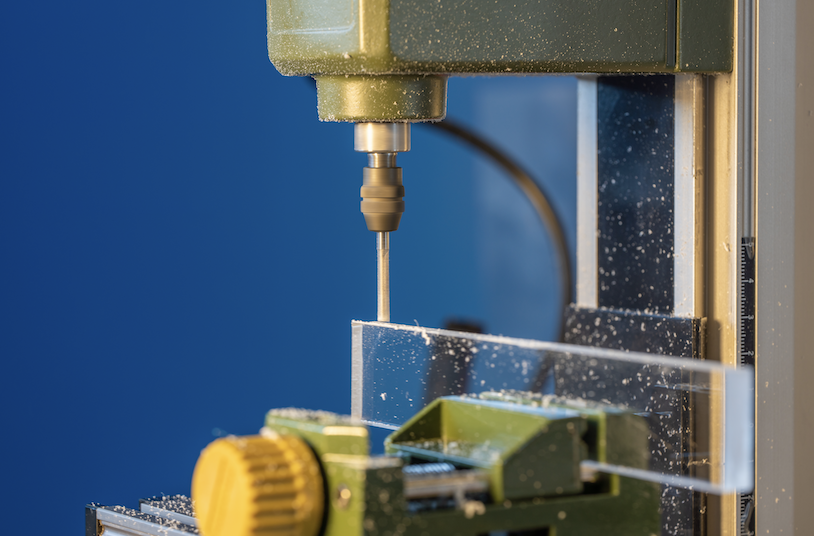Understanding Plastic Fabrication: A Deep Dive
Understanding Plastic Fabrication: A Deep Dive
Blog Article

Plastic fabrication is the process of shaping plastic products using various manufacturing processes. This industry plays a crucial role in various Plastic Fabrication sectors, including automotive and aerospace. In this article, we will explore the fundamentals of plastic fabrication, covering its methods, applications, and pros.
Plastic Fabrication Methods
There are several popular methods for fabricating plastic, each suited for specific end products. These include:
- Thermoforming: Heating plastic sheets to form various shapes.
- Injection Molding: Injecting molten plastic into a cast to create custom parts.
- Blow Molding: A process used for tube-like plastic products, such as bottles.
- Extrusion: Shaping plastic by forcing it through a mold.
- CNC Machining: Cutting plastic with precision-based machines.
Industries Benefiting from Plastic Fabrication
Plastic fabrication is used in numerous industries, including:
- Medical: Production of medical devices.
- Automotive: Creating lightweight, durable vehicle parts.
- Electronics: Manufacturing casings, circuit boards, and insulation materials.
- Packaging: Designing wrappings for consumer goods.
- Construction: Assembling PVC pipes, insulation panels, and structural components.
The Benefits of Plastic Fabrication
There are several key benefits to plastic fabrication, including:
- Cost-Effectiveness: Lower material and production costs.
- Durability: Resistant to chemicals.
- Flexibility: Highly adaptable into unique shapes and sizes.
- Lightweight: Ideal for automotive applications.
- Recyclability: Environmentally friendly material options.
Final Thoughts
Plastic fabrication is a versatile process that supports innovation across various industries. With advancements in materials, the potential of plastic fabrication is expanding. Whether in automotive, the importance of plastic fabrication cannot be understated.
Report this page